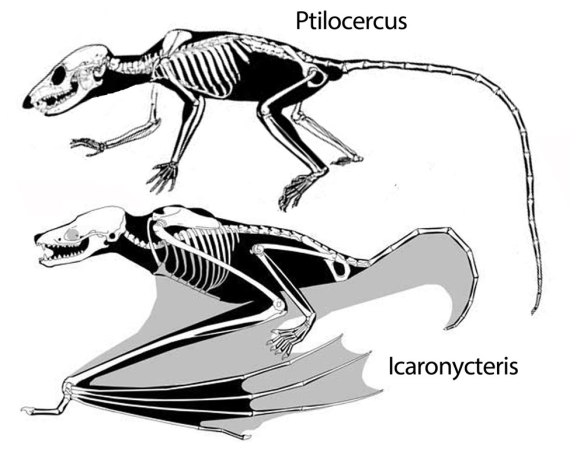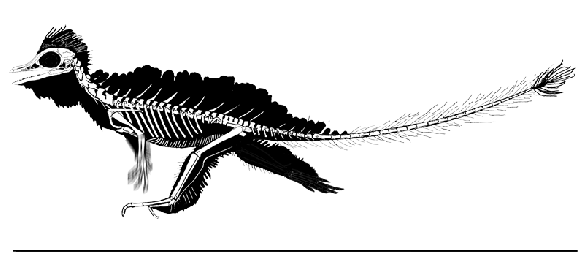From the Wang et al. abstract:
“Here, the pectoral girdles of the Early Cretaceous birds Sapeornis and Piscivorenantiornis are reconstructed for the first time based on computed tomography and three-dimensional
visualization, revealing key morphological details that are important for our understanding of early-flight evolution. Our study reveals additional lineage-specific variations in pectoral girdle anatomy, as well as significant modification of the pectoral girdle along the line to crown birds.”
In case these birds are not familiar to you,
Sapeornis (Fig 2) nests with Archaeopteryx #11 basal to confusciusornithids in the large reptile tree (LRT, 2084 taxa). Piscivorenantiornis (Fig 3) nests between Sulcavis and Sinornis one clade over from the rest of the Enantiornithes in the LRT.


Wang et al focused on the details
and overlooked the basics, the overall bauplan. In basal theropods, as in basal tetrapods, the short, round coracoids slid along the rims of the small sternum (Fig 1 top). In flapping taxa, like Microraptor and Columba (Fig 1) the coracoid stops sliding, is locked down and elongates raising the shoulders above the midline.

This bauplan is repeated in pre-pterosaurs,
like Cosesaurus using the same elements by convergence.
This flapping bauplan is also repeated in bats
using a locked down and elongate clavicle instead of a coracoid, missing mammals.

Wang et al. make no mention
of nonvolant flapping. As everyone knows, most tetrapods, including gliding taxa, advance the forelimbs left-right-left-right. Flappers don’t. They flap symmetrically. Thus bipedalism is a precursor configuration required for flapping.
Are bats bipedal?
Yes, they are inverted bipeds, hanging by their toes.
References
Wang et al. 2022. Digital restoration of the pectoral girdles of two Early Cretaceous birds and implications for early-flight evolution. eLife 2022;0:e76086. DOI: https:// doi. org/ 10. 7554/ eLife. 76086.


Just a quick note: not all bats are bipedal hangers! Some, such as Mystacina tuberculata and Desmodus rotundus, are fully capable of quadrupedal locomotion on land.
True. Secondary adaptation AFTER they got their wings.